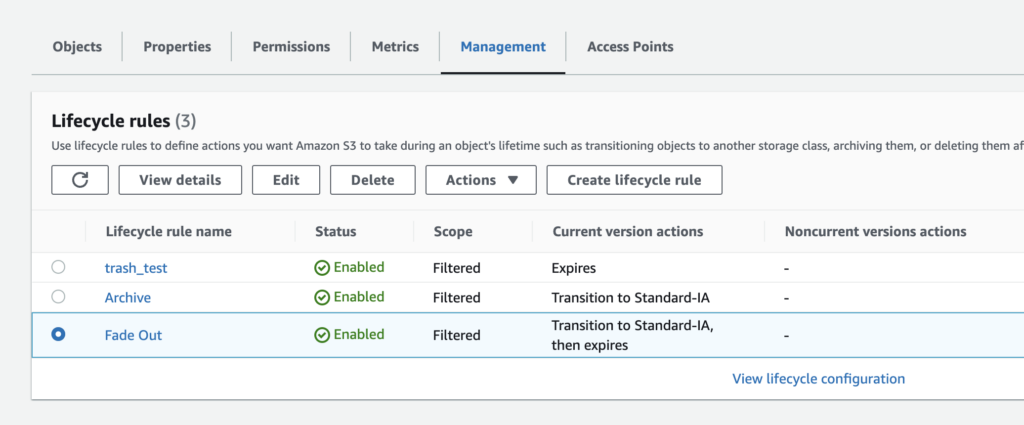Laravel Notifications support a number of channels, such as email, SMS and Slack. If you follow their documentation for sending Slack notifications you’ll need to setup a bot user with an OAuth token.
If you were creating a new Slack ‘app’ to receive messages this would be the way to go. In my case though I was refactoring some Logging which used the Slack channel with a webhook URL setup. The Slack interface didn’t allow me to setup or find the bot user/OAuth token for an existing App.
In order to use the Notifications class with a webhook I needed to send a simpler message structure than what you see in the docs and use slightly different service configuration.
Slack Service Config
In config/services.php
<?php
return [
'slack' => [
'webhook_url' => env('LOG_SLACK_WEBHOOK_URL'),
/*
Use a webhook_url instead of the bot_user_oauth_token structure
'notifications' => [
'bot_user_oauth_token' => env('SLACK_BOT_USER_OAUTH_TOKEN'),
'channel' => env('SLACK_BOT_USER_DEFAULT_CHANNEL'),
],
*/
],
];
Instead of calling the text, headerBlock, contextBlock type methods I just called content()
<?php
namespace App\Notifications;
use Illuminate\Notifications\Messages\SlackMessage;
use Illuminate\Notifications\Notification;
class CafeNotification extends Notification
{
public function via(object $notifiable): array
{
return ['slack'];
}
public function toSlack(object $notifiable): SlackMessage
{
return (new SlackMessage)
->content($theMessageGoesHere)
->unfurlLinks(false);
}
}
This was enough to get simple notifications going without having to recreate my Slack app in order to setup a bot user and token.


